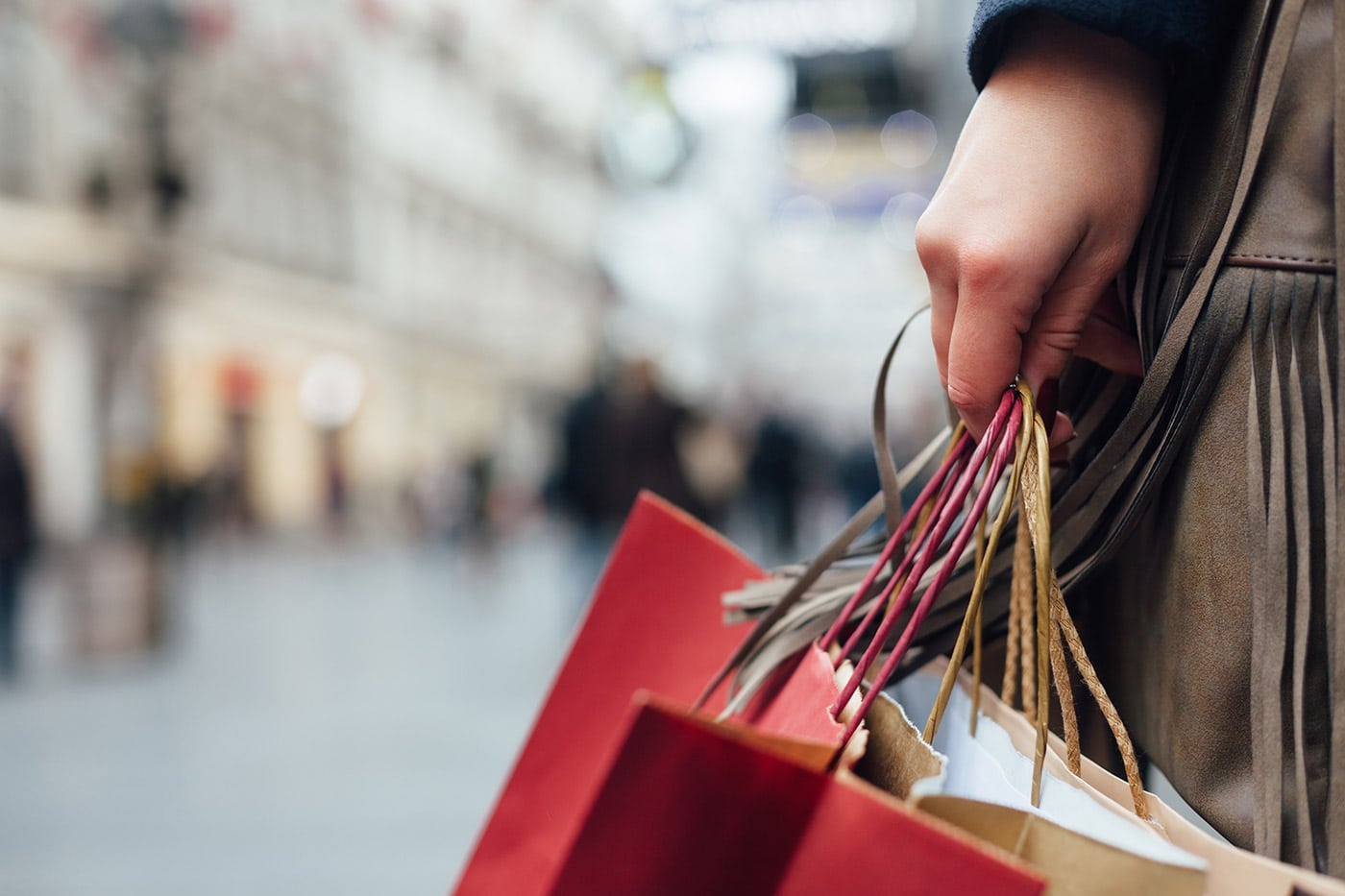4 ways to improve the retail customer experience to encourage loyalty
How to Improve the Retail Customer Experience to Encourage Loyalty
Brands and retailers looking to improve the retail customer experience should consider the following four strategies to reach shoppers and earn loyalty.
1. Engage with Consumers
Even at a time when many choose to shop online, customer engagement is still important. One study revealed that 75% of consumers expect companies to provide a consistent experience wherever they engage with them—both online and offline. These efforts to engage may involve training salespeople, increasing customer service visibility online via chatbots, or creating an interactive in-store experience.
Well-trained salespeople:
Make sure your staff is knowledgeable in your store’s offerings and train them on how to interact with customers. Friendly and competent service is crucial to landing a sale. Knowing how to diffuse an angry customer is equally valuable. Besides preventing a negative situation from attracting attention, that customer will appreciate decisive action and remember that more than the original source of the pique.
Online customer support:
The online shopping experience can be a lonely one. But, by making sure customer service efforts—such as online chatbots—are visible, you’re likely to reap the same benefits as training staff to properly engage in-store.
An interactive experience:
Shoppers appreciate a retail experience that is just that—an experience. By creating points throughout the purchase journey where customers can interact and engage—with salespeople and products—brands and retailers can expect sales to increase. For example, the opportunity to try before buying is one of the major reasons that people frequent physical stores. Consider how Neiman Marcus turned the dressing room into an interactive experience.
2. Personalize Messages
Personalization leads to a tailored experience that, in turn, increases loyalty. A 2017 report found that apparel retailers with online personalization strategies saw gains of 10% or greater—a rate three times that of other retailers. By personalizing marketing efforts, brands and retailers only place messages in front of consumers about the products they want.
There are countless ways to personalize marketing efforts, particularly online. Among them:
- email marketing drip campaigns based on customer action
- targeted social media marketing messages geared toward certain types of shoppers
- segmented content marketing landing pages, customized to suit individual needs
- paired related products to provide helpful recommendations as the user browses
- alternative payment options to allow greater freedom to purchase
3. Reward Loyalty
A 2017 study showed that consumers receive as much pleasure from the anticipation of a reward—that is, from simply belonging to a rewards program—as they do from what they actually receive from the program. Another study found that 61% of consumers consider being surprised with offers and rewards as the most important way a brand can interact with them. You can’t lose by letting your customers know how much you appreciate them.
Rewards
Rewards can serve two purposes: they trigger reciprocity in new customers and they reinforce loyalty in existing customers. Consider emailing new customers special offers with a “come again soon” message. Regular customers can be rewarded with special offers or be informed about new products before everyone else finds out. Also, sample- or trial-size items are an excellent way to introduce your customers to new products.
Loyalty Program
A loyalty program is one of the best ways to retain loyal customers. As of 2017, the average American consumer has 14 loyalty program memberships, up 31% over the previous four years. By rewarding purchases with points and other perks, it reinforces emotional attachment and motivates spending. Creating a tiered program increases that motivation. Sephora’s loyalty program has added tiers every few years since its inception.
Special Events
Special events will show your customers how much you value them. Customer-appreciation flash sales, product premiers, tastings, and samplings let customers know how much you think of them. They also create a sense of community, where people can meet, bring their friends, and experience something out of the ordinary. That community can later be leveraged in targeted social media campaigns.
4. Leverage Mobile
The use of apps in loyalty programs is surging. In 2019, mobile apps were found to be the preferred way for consumers to track and redeem loyalty rewards, favored by 44% of customers of national retailers, grocers, CPG brands and c-stores, up from 20% in 2016. Apps can be tremendously versatile. Besides being the vehicle to deliver rewards, they can drive cross-selling, track buying habits and provide marketing insights, and provide measurable ROI. In addition, apps have a number of practical advantages for rewarding loyalty.
Easy to Use
Consumers who download the shopping rewards app Shopkick can earn points (also known as “kicks”) by simply linking a credit or debit card and using the card to make qualified purchases; visiting a participating store; or locating and scanning a particular product in the shopping aisle. Online, customers earn kicks for browsing lookbooks, watching a branded video, or making online purchases.
Easy to Integrate
Customers can use the Starbucks app to listen to discover new music on Spotify, or they can earn extra rewards points for completing their order through the Uber Eats app. Similarly, Shopkickers can shop at a variety of stores directly through the Shopkick app.
Easy to Locate
Brands and retailers can rely on a rewards app to use geolocation to inform the user about nearby stores, products, and deals. Shopkick can be used to communicate with shoppers along the entire path to purchase—from browsing on their mobile phones at home to searching for products in the store aisle.

